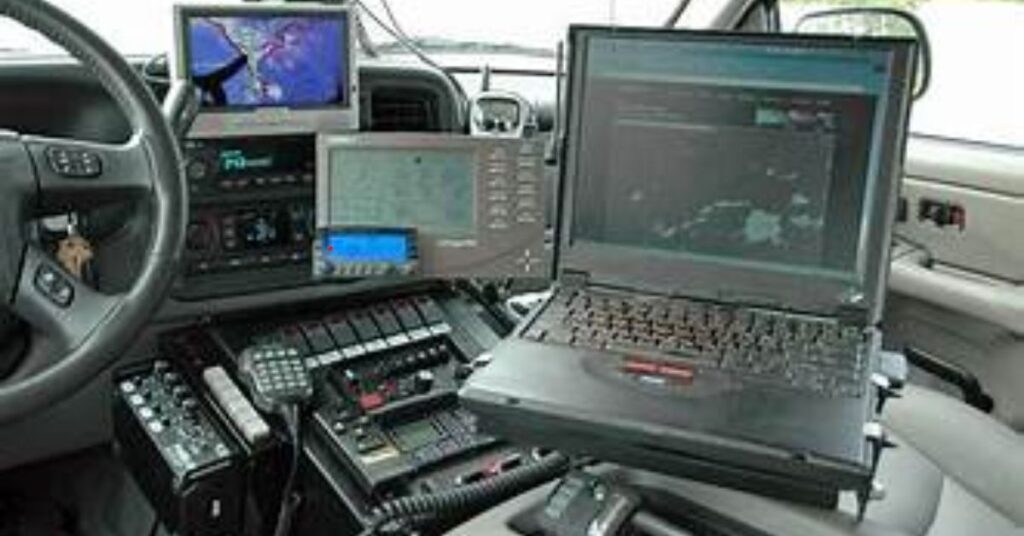Storm chasing has captivated the imaginations of weather enthusiasts and thrill-seekers alike. The excitement of witnessing nature’s fury up close, combined with the urge to share those moments in real-time, has led to a surge in the popularity of live streaming during storm events. However, successfully capturing and broadcasting these incredible phenomena requires the right equipment. This ultimate guide will explore the essential streaming equipment needed for storm chasing, providing insights into what works best and how to prepare for unpredictable conditions.
Understanding the Essentials of Storm Chasing
Before diving into the specific equipment, it’s important to understand the fundamentals of storm chasing. This thrilling activity involves tracking severe weather conditions, such as tornadoes, hurricanes, and thunderstorms, to document and study their effects. The key to effective storm chasing is preparation, which includes knowing how to operate your equipment and having reliable technology to stream live footage. The following sections will break down the necessary gear into categories, covering everything from cameras to power sources.
Cameras: The Heart of Your Setup
High-Quality Video Cameras
The cornerstone of any storm chasing streaming setup is a high-quality video camera. A DSLR or mirrorless camera offers the best video quality, capturing detailed footage even in low-light conditions. Look for models that support 4K resolution, as this provides the clearest picture and the best detail for viewers. Brands like Canon, Sony, and Panasonic offer excellent options that cater to both amateurs and professionals.
Action Cameras
While high-end cameras are essential, action cameras like the GoPro series are invaluable for capturing dynamic footage from unique angles. These cameras are compact, durable, and waterproof, making them perfect for the unpredictable nature of storm chasing. Mounting them on vehicles or using them as handheld devices allows chasers to capture stunning visuals that might otherwise be missed.
Smartphone Cameras
Smartphones have come a long way in terms of camera technology. Many modern smartphones can shoot high-quality video and are equipped with features like optical stabilization and multiple lenses. While they shouldn’t replace dedicated cameras, smartphones are excellent backup options and can be used for quick captures when setting up larger equipment is impractical.
Streaming Devices: Connecting to Your Audience
Mobile Hotspots
A reliable internet connection is crucial for live streaming during storm chasing. Mobile hotspots allow you to connect your streaming devices to the internet even in remote locations. Look for hotspots that offer strong coverage in rural areas, as cell service can be spotty during severe weather events. Brands like Verizon and AT&T provide robust options that cater specifically to outdoor adventurers.
Streaming Encoders
A streaming encoder is essential for converting video signals into a format suitable for broadcasting. Depending on your budget and needs, you can choose hardware encoders or software options. Hardware encoders, like the Teradek VidiU or LiveU Solo, provide robust performance and reliability, while software encoders can be installed on laptops or mobile devices for more budget-friendly solutions.
Power Sources: Staying Charged
Portable Battery Packs
When chasing storms, it’s essential to have reliable power sources. Portable battery packs can keep your cameras, smartphones, and streaming devices charged throughout your adventures. Look for high-capacity options that can charge multiple devices simultaneously. Brands like Anker and RAVPower offer excellent choices that are both powerful and portable.
Solar Chargers
In situations where traditional power sources are unavailable, solar chargers can be a lifesaver. These chargers harness solar energy to keep your equipment powered, making them ideal for long days spent in remote areas. Make sure to choose models that are lightweight and easy to carry, allowing you to charge devices on the go.
Accessories: Enhancing Your Setup
Tripods and Stabilizers
To capture smooth and stable footage, invest in high-quality tripods and stabilizers. A sturdy tripod will provide a solid foundation for your cameras, especially in windy conditions. Stabilizers, like gimbals, help eliminate shaky footage when moving or panning the camera, resulting in more professional-looking video.
Microphones
Audio quality is just as important as video quality when live streaming. Consider investing in external microphones to improve sound capture. Lavalier microphones can be clipped onto clothing for interviews, while shotgun microphones focus on sound directly in front of the camera, minimizing background noise. This addition will significantly enhance the viewing experience for your audience.
Protective Cases
Given the unpredictable nature of storms, protecting your equipment is crucial. Invest in weather-resistant cases for your cameras and streaming devices to shield them from rain, wind, and dust. Brands like Pelican and Lowepro offer excellent options designed for rugged use, ensuring your gear remains safe during extreme conditions.
Preparing for a Storm Chasing Expedition
Once you have your equipment gathered, proper preparation is essential for a successful storm chasing experience. Understanding weather patterns, scouting locations, and planning routes are all critical components of effective storm chasing.
Research Weather Patterns
Before heading out, take the time to research weather patterns and forecasts. Utilize resources like NOAA and local weather stations to stay informed about storm systems and potential severe weather conditions. This information will help you decide when and where to chase, maximizing your chances of capturing stunning footage.
Route Planning
Once you’ve identified potential storm locations, plan your routes accordingly. Use mapping apps to plot the fastest and safest paths to your destination. Keep in mind that storms can change rapidly, so remain flexible and ready to adapt your plans as needed.
Safety First
Safety should always be your top priority during storm chasing. Equip yourself with the necessary safety gear, including helmets, first aid kits, and emergency supplies. Always monitor weather updates and stay informed about the dangers associated with severe weather events. Knowing when to retreat and where to seek shelter is essential for ensuring your safety.
Streaming Techniques: Engaging Your Audience
Once you’re set up and ready to go, engaging your audience is vital for a successful live stream. Here are some techniques to enhance viewer experience:
Provide Context
When streaming, always provide context for your viewers. Explain what’s happening in real-time, share background information about the storm, and offer insights into the science behind severe weather. This information keeps viewers engaged and enhances their understanding of the event.
Interact with Viewers
Encourage viewer interaction during your live stream by responding to comments and questions. This engagement fosters a sense of community and makes viewers feel like they are part of the experience. Utilize social media platforms to promote your stream and attract a larger audience.
Capture B-Roll Footage
In addition to live streaming, consider capturing B-roll footage to supplement your broadcasts. This extra footage can include scenic shots, interviews, and candid moments, providing a richer viewing experience. B-roll can be edited and shared later, extending the life of your content beyond the live event.
Conclusion
Storm chasing and live streaming are exhilarating pursuits that require the right equipment and preparation. By investing in high-quality cameras, reliable streaming devices, and adequate power sources, you can capture stunning footage of nature’s most powerful events. Remember that safety should always come first, and thorough research and planning are key to a successful chase. With the right tools and mindset, you can share the thrill of storm chasing with your audience, creating unforgettable experiences both on-screen and off.







